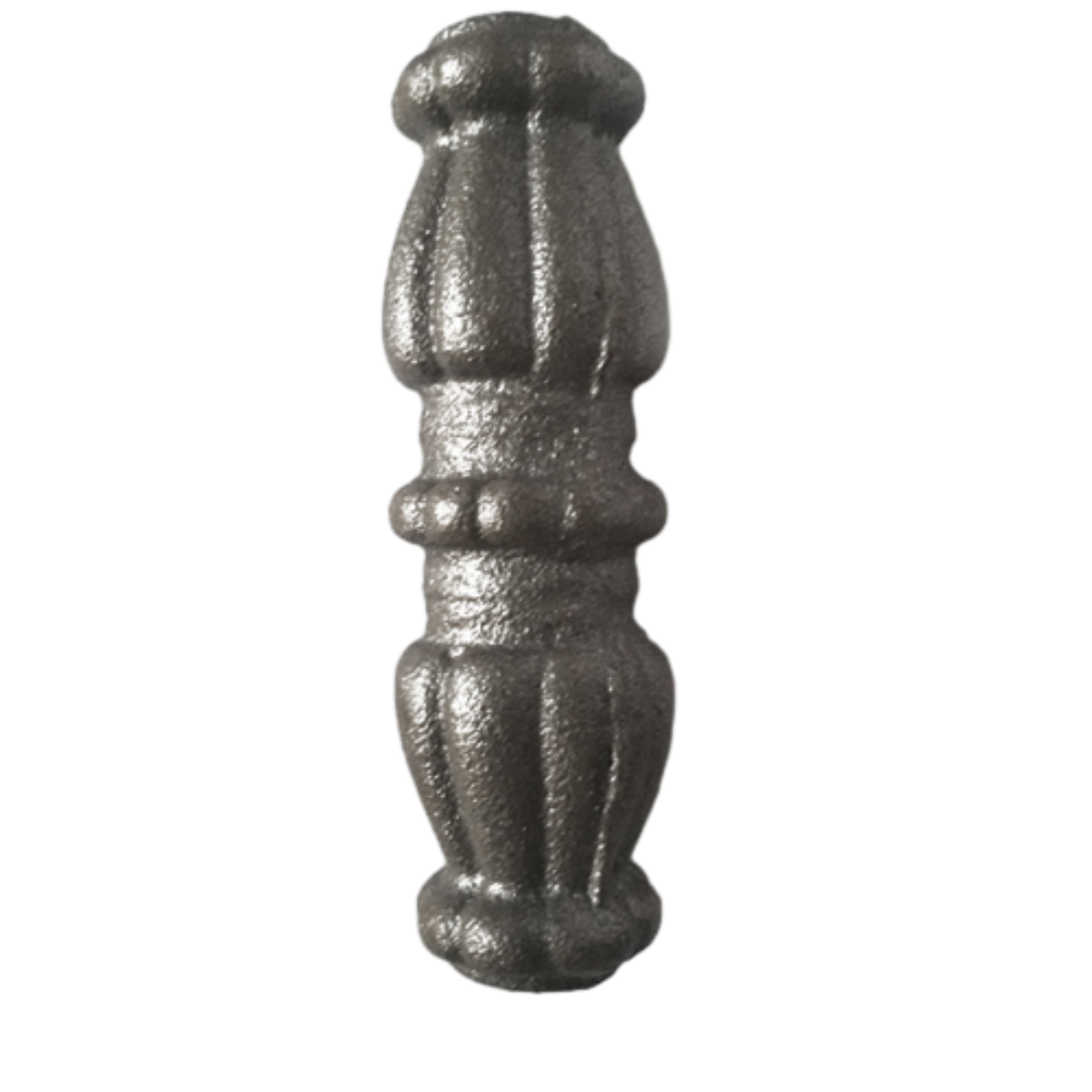cast iron components
Cast Iron Components A Comprehensive Overview
Cast iron components are an essential part of modern engineering and manufacturing, known for their durability, strength, and excellent castability. This versatile material has been utilized for centuries in various applications, from construction to intricate machinery parts. The unique properties of cast iron arise from its high carbon content, typically between 2% and 4%, which not only enhances its mechanical properties but also its ability to be easily cast into complex shapes.
One of the primary types of cast iron is gray cast iron, which is characterized by its excellent machinability and wear resistance. This type is favored in the production of engine blocks, machine tool bases, and other components that require a high level of durability and performance under stress. The graphite flakes in gray cast iron provide a self-lubricating effect, reducing wear and tear on mating surfaces. This makes it an ideal choice for applications where friction is a concern.
Another popular variant is ductile iron (or spheroidal graphite iron), which has superior tensile strength compared to gray cast iron. This is achieved through a different graphite structure, which is spheroidal rather than flake-like. Ductile iron is widely used in the production of components that need to withstand high impact and stress, such as automotive parts, pipes, and heavy machinery components. Its ability to be deformed without breaking makes it suitable for applications where resilience and toughness are critical.
cast iron components

The casting process for iron components involves pouring molten iron into molds, where it solidifies into the desired shape. There are several forming techniques, including sand casting, permanent mold casting, and investment casting, each suited to different production requirements and scales. Sand casting, for example, is economical and often used for smaller production runs, while permanent mold casting is preferred for larger quantities due to its efficiency and lower per-item cost.
One of the significant advantages of cast iron components is their thermal conductivity and heat retention properties. These characteristics make cast iron popular for cookware, such as frying pans and Dutch ovens, where even heat distribution is essential. Cast iron's ability to retain heat allows for consistent cooking temperatures, making it a favorite among chefs and home cooks alike.
However, despite its many advantages, cast iron also has its drawbacks. It is relatively brittle, meaning it can fracture under severe impact. Additionally, the manufacturing process can be energy-intensive, raising concerns about environmental sustainability. As industries continue to evolve, there is a growing emphasis on recycling and reusing iron materials to minimize environmental impact.
In conclusion, cast iron components play a vital role in numerous industries, offering a blend of durability, versatility, and unique properties. As technology and manufacturing processes advance, the applications and benefits of cast iron are likely to expand, reaffirming its significance in contemporary engineering solutions. Whether in everyday items or critical machine parts, cast iron remains a cornerstone material in our modern world.
-
Wrought Iron Components: Timeless Elegance and Structural StrengthNewsJul.28,2025
-
Window Hardware Essentials: Rollers, Handles, and Locking SolutionsNewsJul.28,2025
-
Small Agricultural Processing Machines: Corn Threshers, Cassava Chippers, Grain Peelers & Chaff CuttersNewsJul.28,2025
-
Sliding Rollers: Smooth, Silent, and Built to LastNewsJul.28,2025
-
Cast Iron Stoves: Timeless Heating with Modern EfficiencyNewsJul.28,2025
-
Cast Iron Pipe and Fitting: Durable, Fire-Resistant Solutions for Plumbing and DrainageNewsJul.28,2025
-
 Wrought Iron Components: Timeless Elegance and Structural StrengthJul-28-2025Wrought Iron Components: Timeless Elegance and Structural Strength
Wrought Iron Components: Timeless Elegance and Structural StrengthJul-28-2025Wrought Iron Components: Timeless Elegance and Structural Strength -
 Window Hardware Essentials: Rollers, Handles, and Locking SolutionsJul-28-2025Window Hardware Essentials: Rollers, Handles, and Locking Solutions
Window Hardware Essentials: Rollers, Handles, and Locking SolutionsJul-28-2025Window Hardware Essentials: Rollers, Handles, and Locking Solutions -
 Small Agricultural Processing Machines: Corn Threshers, Cassava Chippers, Grain Peelers & Chaff CuttersJul-28-2025Small Agricultural Processing Machines: Corn Threshers, Cassava Chippers, Grain Peelers & Chaff Cutters
Small Agricultural Processing Machines: Corn Threshers, Cassava Chippers, Grain Peelers & Chaff CuttersJul-28-2025Small Agricultural Processing Machines: Corn Threshers, Cassava Chippers, Grain Peelers & Chaff Cutters












